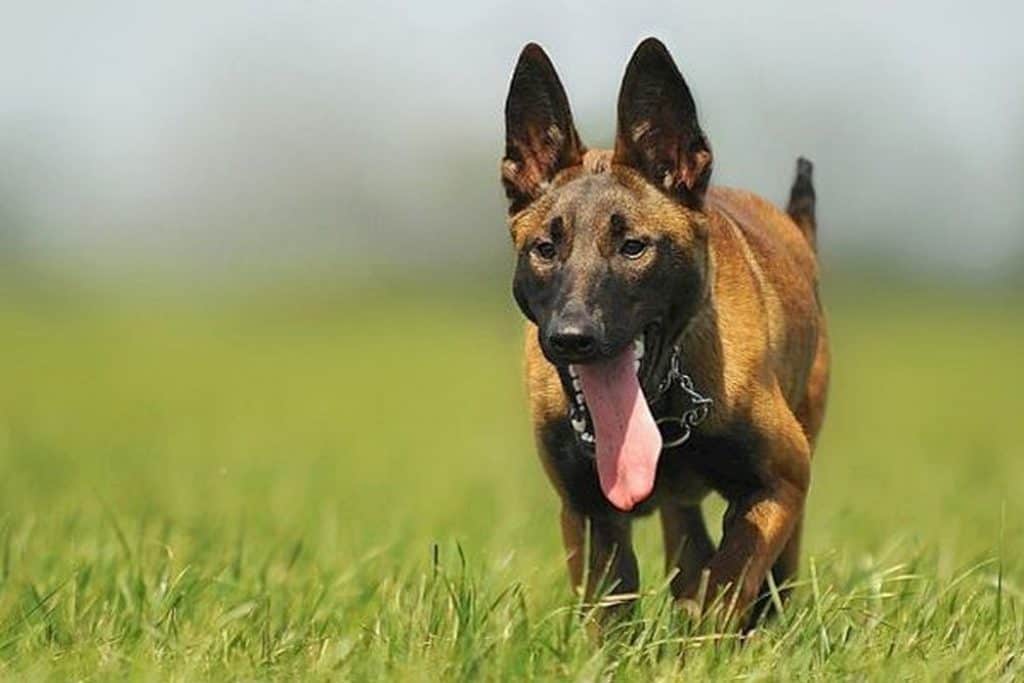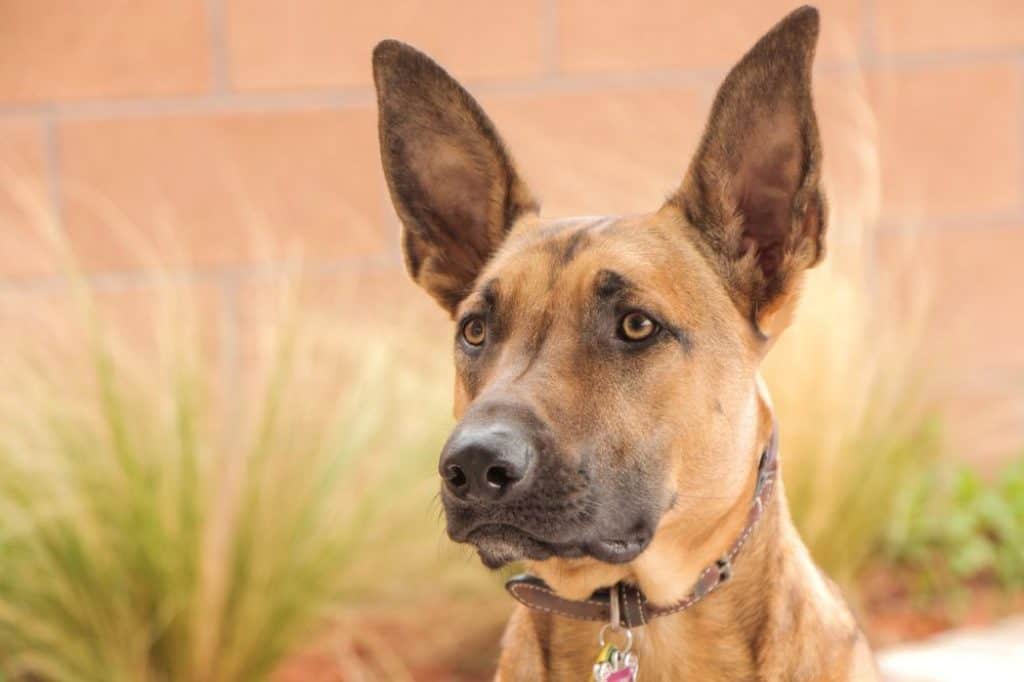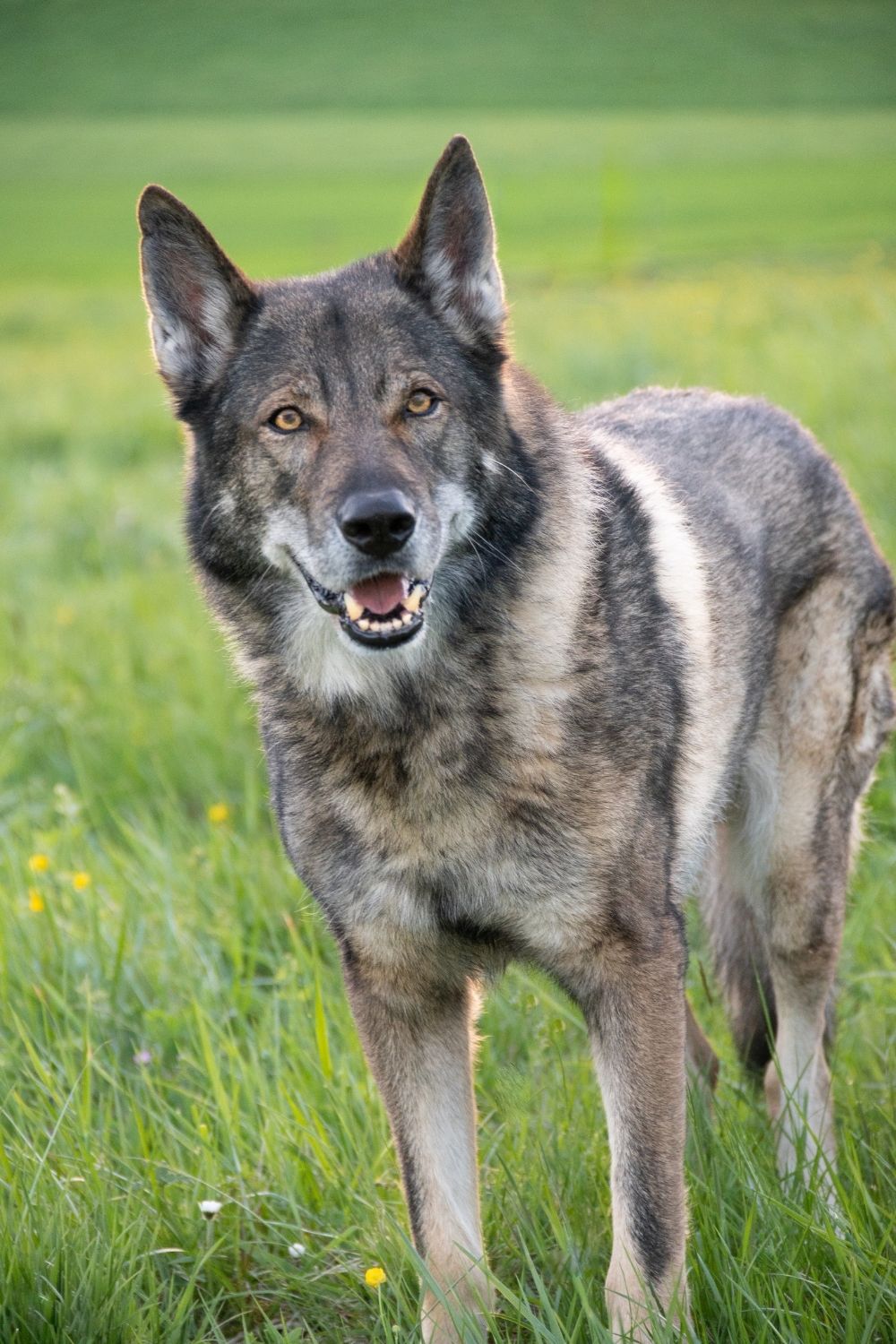Originally bred for sheep herding, Belgian Malinois has developed to be one of the most versatile dog breeds.
They are able to learn and perform a variety of tasks.
This and their impeccable athleticism makes them perfect for law enforcement and military work.
Malinoises are strong, agile, and tireless, capable of working all day.
In their line of work, physical fitness and impeccable health are of the utmost importance.
Still, like all canines, they are more prone to certain health conditions and there are some common concerns for all dogs of this breed.
However, early detection of these issues and proper care can significantly extend the Belgian Malinois lifespan.
Below you’ll learn about the most common health problems, how long do Belgian Malinois live, and how to properly take care of them.
[wpsm_toplist]
How Long do Belgian Malinois Live?

This breed is known as a relatively healthy one, especially when in good hands.
The average Belgian Malinois lifespan is 14-16 years which is a longer life expectancy than with most medium-sized dogs.
If you’re lucky, you may even see your Malinois live for a couple of years more.
Diligent ownership, suitable care, and regular vet checkups are keys to prolonging the life of your dog.
Of course, genes are also a big factor. In addition, purchasing Belgian Malinois from a reputable breeder will help you decrease the risk of some diseases that are common for this breed.
If you’re buying instead of adopting, make sure that the breeder presents all the necessary health certificates and introduced you to the dog’s siblings and parents.
What Health Problems do Belgian Malinois Have?
Learning about the most common health problems Belgian Malinois suffers from will help you keep your dog healthy and fit.
Mals are prone to several diseases but most of them are treatable if detected on time.
Below, I’ll list the conditions that hit Malinoises at a significant rate.
Your dog won’t necessarily suffer from any of them, but you should still be aware of potential issues.
Hip and Elbow Dysplasia
With Belgian Malinois, both elbows and hips are at risk of dysplasia. It’s an inherited condition that causes joints to develop at an irregular rate.
This is a common problem that usually occurs as a dog gets older.
Dysplasia can be very painful and cause movement difficulties, lameness, and, eventually, cause arthritis.
It can be treated to minimize the pain or, in more severe cases, a dog can undergo surgery to deal with this issue.
Progressive Retinal Atrophy (PRA)
Progressive Retinal Atrophy, or PRA, is another heritable disease where the dogs are genetically predisposed to go blind as they lose photoreceptors at the back of the eye.
Belgian Malinoises suffer from this condition at a higher rate than most of the other breeds.
The disease can be recognized early as affected dogs will display symptoms such as night blindness or dilated pupils as early as at an age of three.
Unfortunately, progressive retinal atrophy is not curable.
However, it’s not painful either, and many dogs can still lead a full and happy life even when they go blind.
Older Malinois can also suffer from other eye problems, such as cataracts.
Anesthesia Sensitivity
Malinoises are very sensitive to anesthesia because of their muscle to fat ratio.
Sadly, they have a much higher anesthesia-related death rate than the average dog breed.
While most vets are aware of this, still make sure to warn them if your Malinois needs to have surgery or be put under anesthesia for whatever reason.
Obesity
Obesity is no joke when it comes to Belgian Malinois.
It’s a rather serious condition for this breed that can cause joint issues, digestive and metabolic disorders, and even heart disease.
Discipline when feeding your dog is very important, no matter how tempting it can be to give them more food.
How to Care for a Belgian Malinois?

Belgian Malinois is relatively low maintenance and caring for your dog shouldn’t take too much of your time.
However, Malinoises are very energetic, so they’re best suited for an owner who leads an active life.
Exercise
Dogs of this breed are highly intelligent and extremely active.
They’re also very devoted to their owners and need to be mentally and physically engaged with them almost constantly.
They need plenty of exercise, but it should include you, too. You can’t just leave them in the yard and expect them to have fun on their own.
They like all sorts of activities, including playing, running, hiking, biking, and swimming, but they always prefer to do them side-by-side with their human.
Be prepared to join them for 3 or 4 exercise activities daily, each lasting at least 20 minutes.
Feeding
[amazon box=”B00BD741WM”]
To keep your Malinois in top shape, you should always feed them high-quality food.
It can be commercially manufactured or homemade after consultations with a vet. Also, make sure that your dog’s diet is appropriate for the age.
An average Malinois will need 2 or three cups of high-quality dry food every day.
As I already mentioned, Malinoises are rather prone to obesity, so go easy on the treats.
Grooming
[amazon box=”B07575941G”]
Belgian Malinoises feature a short and straight double coat that is fairly easy to take care of.
Normally, weekly brushing with a medium bristle brush will do just fine. It’s enough to promote hair growth and help spread skin oils across the coat.
During the heavy shedding seasons, in spring and fall, you may do this more frequently.
Teeth require a bit more attention and you should brush a couple of times a week to remove the tartar buildup and bacteria.
Nails should be kept short and trimmed regularly. Bath your Malinois only when it’s necessary.
Conclusion
Belgian Malinois belongs to a group of rather healthy breeds and rarely suffers from serious health conditions.
However, this doesn’t mean that you should take your dog’s well-being for granted.
Every moment spent with these awesome dogs is precious, so you should do everything in your power to make their life as comfortable and as long as possible.
They don’t need much work, but you still have to be responsible and provide them with proper care.
If you’re thinking of getting a Malinois, make sure you can keep up with it and its level of activity.
If you’re more of a couch potato-type owner, you may be better off looking at the other breeds.







